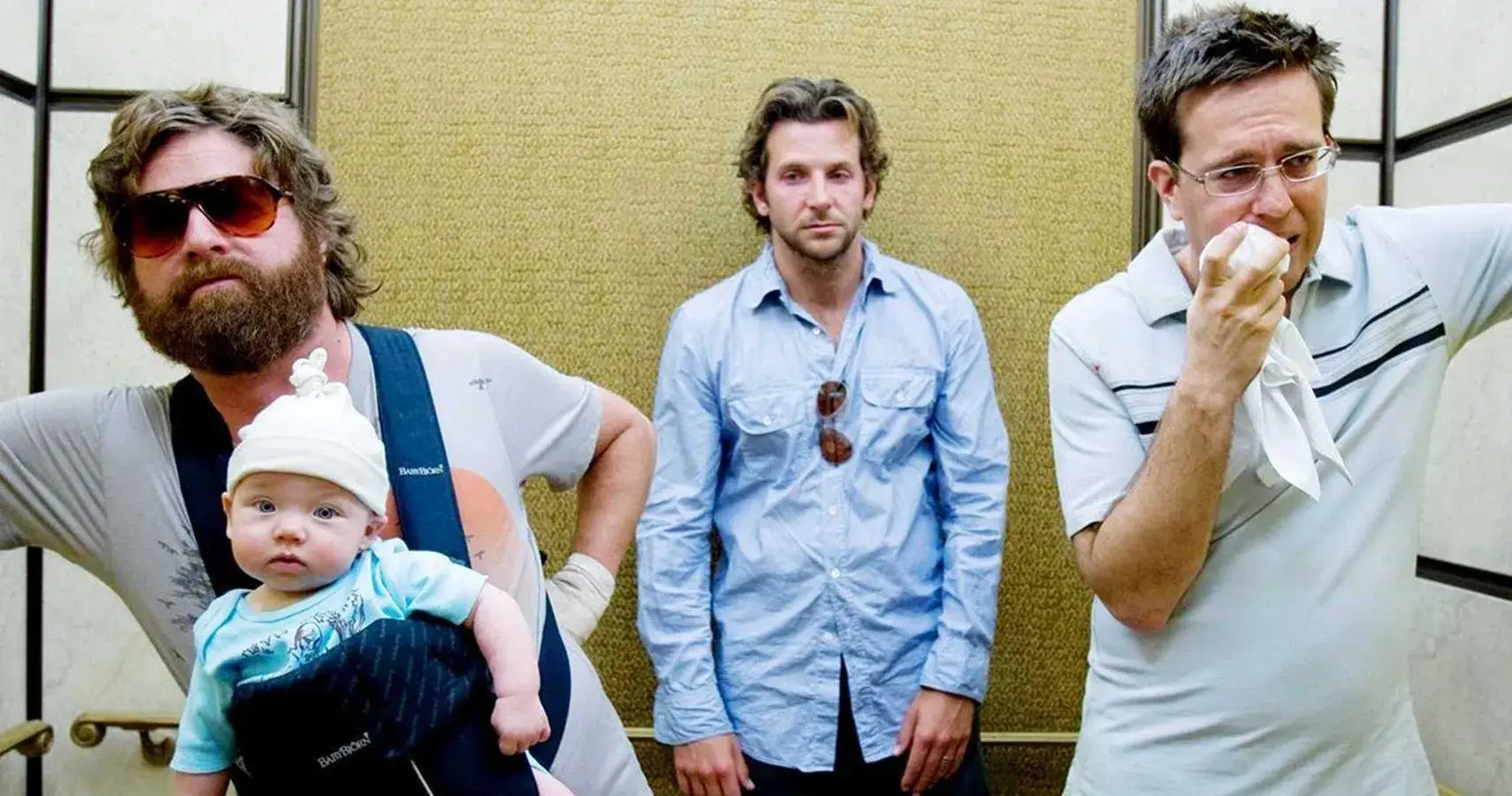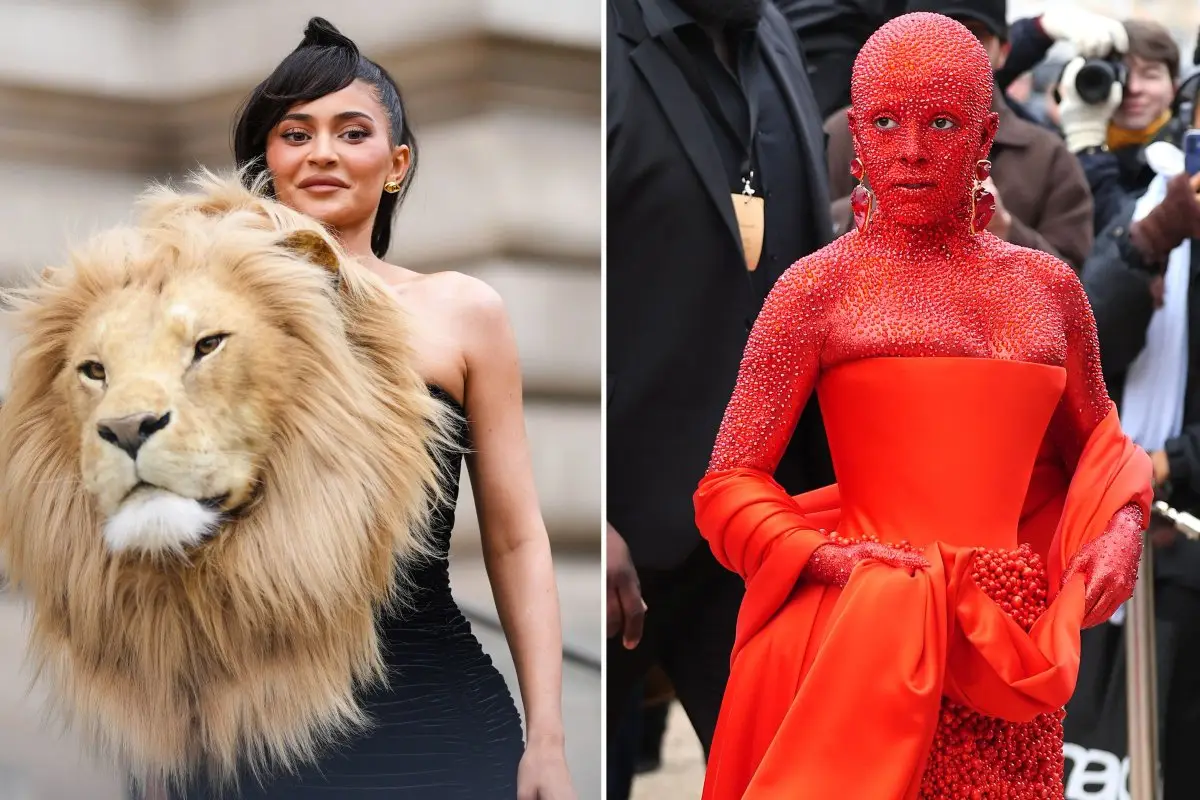I had to go to the post office today. It used to be a simple affair. You put on a sensible pair of slacks, a nice blouse, perhaps a cardigan if there was a chill, and you conducted your business with a modicum of dignity. But stepping outside my front door these days feels like I’ve been given a front-row ticket to a circus I never asked to see. What I witnessed on my ten-minute walk was so visually offensive, so utterly baffling, that I had no choice but to come home, pour a stiff cup of tea, and write this. This isn’t just a blog; it’s a public service announcement. It’s a funny fashion review, yes, but it’s also a desperate plea for the return of common sense.
Welcome to my new corner of the internet, where we will conduct a thorough and brutally honest modern fashion critique. Someone has to say it, and it seems everyone else is too busy taking pictures of their questionable ensembles to notice they’ve forgotten half their clothes. So, let’s begin this outfit review with my first and most pressing question for the general public: You call THAT an outfit?
The Distressed Denim Debacle: Paying Extra for Moths?
Let’s start with the trousers. Or what’s left of them, anyway. I’m talking about “distressed” denim. Distressed? My dear, the only thing distressed is me, having to look at it. This has to be one of the most financially irresponsible and logically unsound bad fashion trends to ever exist.
Back in my day, if you had a hole in your jeans, it was a sign of a hard day’s work or a clumsy encounter with a rose bush. It was a problem to be solved with a needle, thread, and a sturdy patch. It was certainly not something you paid for. Now, I see young people walking around in jeans that look like they’ve survived a fight with a lawnmower, and they’ve paid a premium for the privilege! The sheer audacity. You’re giving a company, let’s say “Supreme Spenders Inc.,” $150 for a pair of jeans, and they’re giving you 75% of the material. Where is the other 25%? Did they run out of denim? Is there a global shortage I am unaware of?
The “ripped jeans are ridiculous” argument is not just about aesthetics; it’s about practicality. What happens when it’s windy? You’re inviting a personal, targeted draft directly to your kneecaps. What about rain? You’re just asking for polka-dotted wet spots on your skin. I saw a young woman whose jeans had a hole so large, her entire thigh was exposed. Frankly, it looked less like a fashion statement and more like a gruesome hiking accident. She needs a paramedic, not a photographer. If you want ventilation, wear shorts. If you want to wear pants, then for heaven’s sake, wear the whole pant.
The Crop Top Catastrophe: Is There a Fabric Shortage?
Speaking of missing material, let’s move up the torso to our next offender: the crop top. Or, as I like to call it, the “shirt that gave up halfway.” I simply do not understand the crop top trend. When did showing off your entire midriff become appropriate for a Tuesday afternoon trip to the grocery store?
The sheer variety is astounding. There are cropped sweaters, cropped blouses, cropped t-shirts. What’s next? Cropped winter coats? It’s madness. You spend all this time picking out a top, only to have it stop abruptly somewhere south of your ribcage. It looks like a terrible laundry accident. It’s the sartorial equivalent of a sentence that just ends without a…
And again, the practicality! Are you not cold? My mother always told me to keep my kidneys warm, and she was a wise woman who never had to contend with seeing someone’s belly button in the frozen food aisle. These tops offer no protection, no comfort, and no mystery. It’s all just… there. For everyone to see. I suppose if your goal is to announce to the world that you have a naval, then mission accomplished. But couldn’t you have just sent out a memo? It would be far more efficient and certainly less drafty. This isn’t a funny fashion review so much as a genuine question of thermal dynamics.
A Word on “Athleisure”: The Uniform of Giving Up
Now for the trend that has truly blurred the lines between the gymnasium and civilized society: “athleisure.” First of all, let’s discuss the word itself. It sounds like something a marketing committee came up with after three days of no sleep. “Athletic” and “leisure”—two words that should be kept in separate, well-defined social spheres.
The premise of what is athleisure seems to be that you can wear your exercise clothes for every conceivable occasion. Going for a jog? Fine. But wearing the same skin-tight, luminous spandex to brunch, to the bank, and to a parent-teacher conference? Unacceptable.
These are not clothes; they are compression garments. They are designed for one specific purpose: to wick away sweat during strenuous physical activity. Wearing them for eight hours while you sit at a desk or browse for throw pillows is simply unnecessary. It gives the impression that you are either about to break into a sprint at any moment or that you have completely given up on the concept of tailored clothing.
A proper outfit has structure. It has buttons, zippers, seams that mean something. It has pockets that can actually hold more than a single key. Athleisure has none of this. It’s the uniform of perpetual, unearned comfort. Comfort is not a right; it is a reward you get at the end of the day when you change into your pajamas. It is not something you wear to meet your partner’s parents for the first time. Have some self-respect. Put on some real pants.
In Conclusion: A Call for Garments, Not Gimmicks
As I sit here, my tea now lukewarm, I am left with a sense of profound bewilderment. This modern fashion critique has barely scratched the surface. We haven’t even touched upon men wearing sandals with socks, bucket hats, or glasses with no lenses. It’s a sartorial wilderness out there.
So, the next time you get dressed, I implore you to look in the mirror and ask yourself the question honestly: “Is this an outfit, or is it a cry for help?” Are your clothes a complete set, or are they a collection of fragments? Do they project confidence and competence, or do they simply scream “I was cold so I put on this thimble-sized sweater”?
My work here is far from done. Subscribe, if you have the stomach for it. And please, leave a comment below with the most ridiculous fashion trend you’ve seen this week. We all need to know we’re not alone.
Yours in sheer disbelief, A Concerned Citizen









